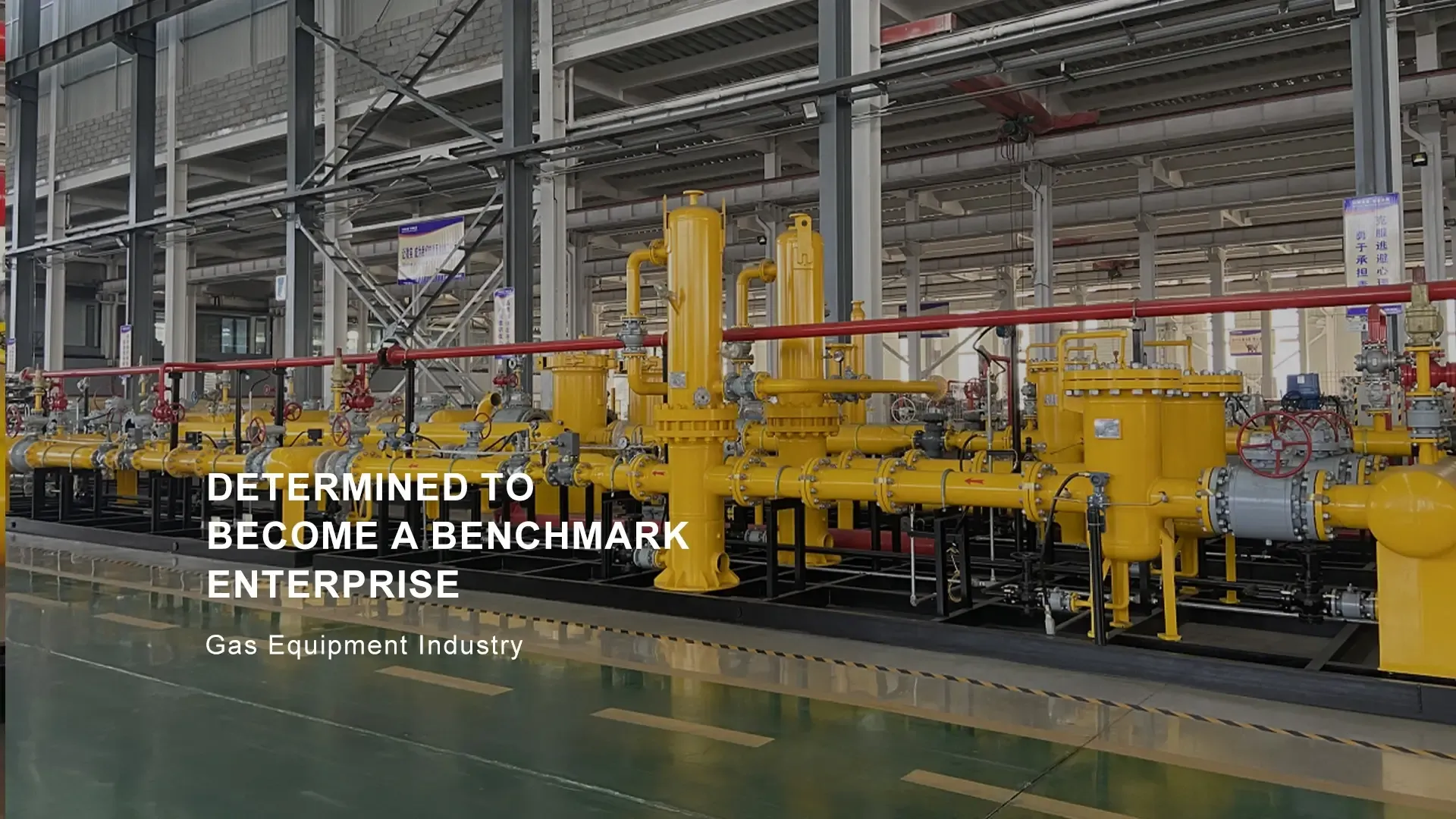
10 月 . 05, 2024 05:18
Back to list
gasification equipment
Gasification Equipment An Overview of Technologies and Applications
Gasification is a thermal process that converts carbon-containing materials, such as biomass, coal, or municipal solid waste, into a usable gaseous fuel known as syngas (synthetic gas). This process has gained significant attention in recent years due to its potential to produce cleaner energy while effectively managing waste. The efficiency and effectiveness of gasification largely depend on the equipment used in the process. This article will explore the key types of gasification equipment, their operational mechanisms, and their applications, providing insights into how they contribute to a more sustainable energy landscape.
1. Types of Gasification Equipment
Gasification equipment can be broadly categorized into various types based on their design and operational methodologies. The most common types include
- Fixed Bed Gasifiers These are the simplest gasification systems, where solid feedstock is fed into a reactor and gasified from the bottom upwards. They are often further classified into updraft, downdraft, and crossdraft gasifiers, depending on how the air or steam flows through the reactor. Fixed bed gasifiers are typically used for small to medium-scale applications and are popular for biomass gasification due to their robustness and simplicity.
- Fluidized Bed Gasifiers In fluidized bed gasifiers, solid feedstock is introduced into a bed of inert particles that are suspended by the upward flow of gas. This method provides better heat and mass transfer, leading to higher efficiency and uniform gas quality. Fluidized bed gasifiers are versatile and can handle a variety of feedstocks, including biomass and municipal solid waste.
- Entrained Flow Gasifiers These gasifiers operate at high temperatures and pressures and are capable of converting finely ground feedstock into syngas in a matter of seconds. The feedstock is mixed with oxygen (or air) and introduced into a reactor where it is rapidly gasified. Entrained flow gasifiers are often used in large-scale coal gasification and industrial applications due to their high conversion rates and efficiency.
2. Operational Mechanisms
The gasification process involves several stages, including drying, pyrolysis, combustion, and reduction
. Understanding these stages helps to interpret how different gasification equipment functions- Drying The moisture content of the feedstock is reduced to prepare it for combustion. This step is critical as high moisture content can hinder gasification efficiency.
gasification equipment

- Pyrolysis In this initial heating phase, the organic material breaks down into volatile compounds and char, which are essential for generating syngas.
- Combustion A small amount of air or oxygen is introduced to combust a portion of the feedstock, supplying the necessary heat for the endothermic gasification reactions.
- Reduction During this phase, the char reacts with the gases produced to yield syngas, primarily composed of carbon monoxide, hydrogen, and methane.
3. Applications of Gasification Equipment
The applications of gasification technology are diverse, spanning energy production, chemical synthesis, and waste management
- Energy Production Gasification is a promising method for generating electricity and heat. Syngas can be utilized in gas turbines or internal combustion engines to produce electrical energy or can be further processed into hydrogen for fuel cells.
- Chemical Synthesis The syngas produced can serve as a building block for producing various chemicals, including methanol, ammonia, and synthetic natural gas. This capability enhances the economic viability of gasification through the production of high-value chemicals.
- Waste Management Gasification technology provides an effective solution for the disposal of municipal solid waste, converting it into clean energy while minimizing landfill usage. This is particularly invaluable in regions facing waste disposal challenges.
Conclusion
Gasification equipment represents a significant advancement in the quest for sustainable energy solutions. With its capacity to convert various feedstocks into syngas, gasification plays a crucial role in energy production, chemical synthesis, and waste management. As technology continues to evolve, improving the efficiency and reducing the environmental impact of gasification processes will further enhance their importance in a world increasingly focused on clean energy alternatives.
Latest news
-
Unlocking The Quality Gas Pressure ReducersNewsNov.01,2024
-
The Role of Gas Pressure Reducing StationsNewsNov.01,2024
-
The Importance and Functionality of Safety Relief ValvesNewsNov.01,2024
-
The Essential Role of Safety Valves in Natural Gas ApplicationsNewsNov.01,2024
-
The Essential Role of Gas Pressure RegulatorsNewsNov.01,2024
-
Enhance Your Premium Gas FiltersNewsNov.01,2024

